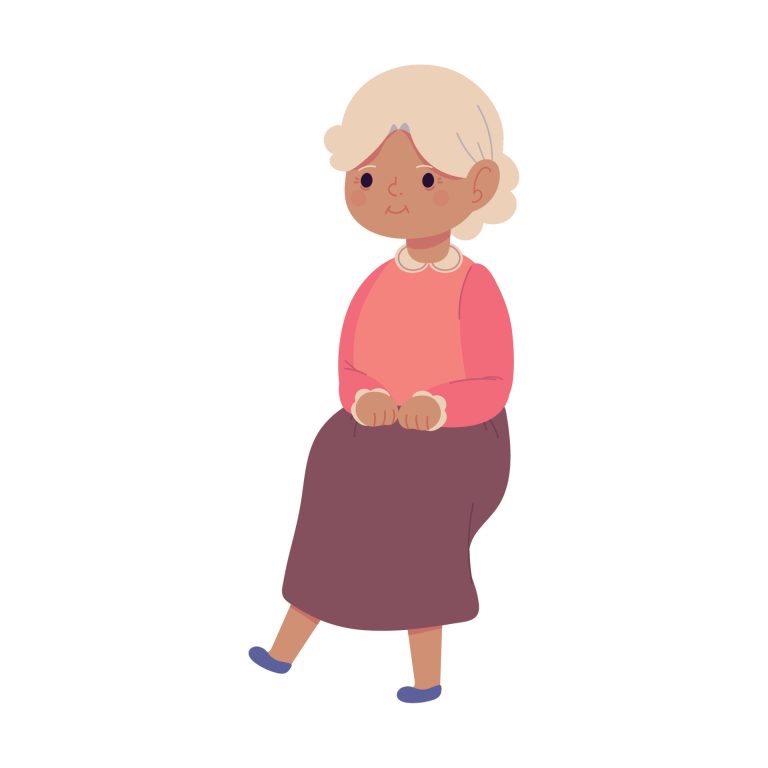
83-year-old Lillian presents to urgent care with a cough and cold symptoms. After a thorough workup, she is diagnosed with an upper respiratory infection. Lillian is given a prescription for a 10-day course of penicillin and advised to follow up with her primary physician within the next week. Lillian is stable for discharge. Good to go, right?
Maybe not so fast.
Lillian is part of a high-risk population that has unique physiologic and psychosocial needs. Geriatric patients over 65 years of age require close attention when it comes to both medical and nonmedical elements of their health.
A 2014 study by Stevens et al looked at the prevalence of nonmedical problems impacting geriatric healthcare. Among older adults presenting to the ER, they found that:
60% had pain
47% had difficulty walking
32% had a lack of money
14% were isolated and lonely
12% had a lack of transportation
10% had hazardous drinking habits
4% had difficulty scheduling a doctor’s appointment
4% had difficulty getting prescriptions filled
If we were to pry a bit, we would find that Lillian does not have transportation available on most days. Her finances are tight, and she doesn’t think she can afford the copayment for Penicillin. Lillian feels confused about calling to schedule a follow-up appointment. When and where exactly?
If these issues are not addressed, Lillian will likely not fill her prescription or follow up with her primary physician. Her condition may deteriorate as a result, leading to pneumonia or worse.
There are multiple screening tools available for geriatric-specific risk factors. One example is the Identification of Seniors at Risk (ISAR) tool, which identifies geriatric patients at increased risk of 6-month adverse health outcomes. It is important to implement routine screening on every geriatric patient.
It is essential to facilitate referrals to community resources to ensure needs are met (medical transportation, home health, meals-on-wheels, etc.). Consult case management or social services as indicated to help out with this. A follow-up phone call is never a bad idea. Involve family members or other caregivers if available and appropriate.
Source: https://lnkd.in/gNr9b5AC
